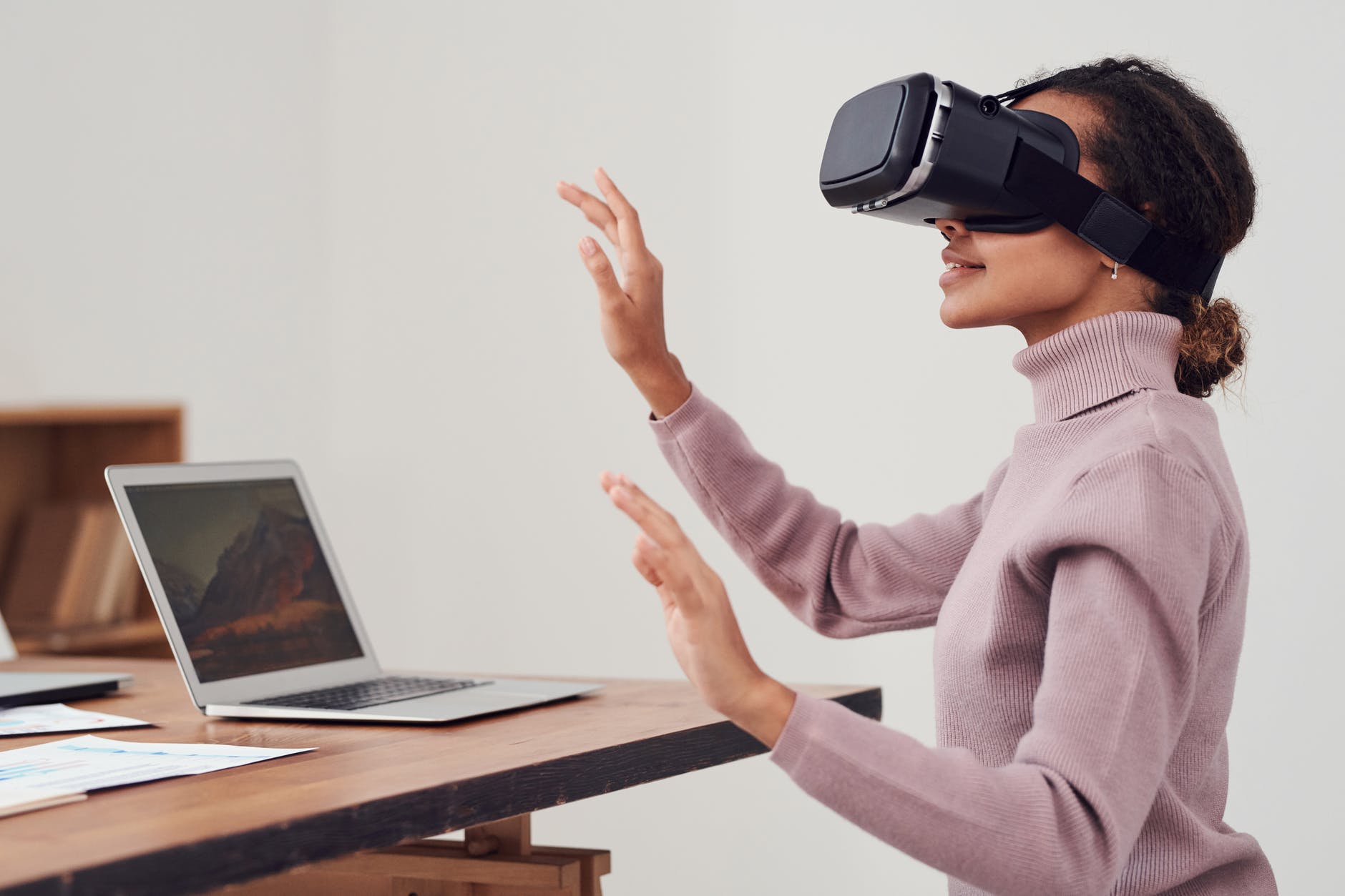
Market Research shows that Extended Reality (XR) will reach a market size of $209 billion by 2022, up from only $27 billion in 2018. The digital ecosystem is evolving and expanding each day significantly. Technology merging the real and virtual worlds is becoming increasingly popular and applicable in the business world. Among the most significant technology accelerant is the COVID-19 pandemic that saw businesses adopt technologies to bridge the gap between them and their customers.
XR technology is one of the ways businesses became adaptive to the changes in the physical business environment. Its ability to reduce costs, enhance efficiency in operations, and improve productivity continuously makes XR appealing for many businesses.
Extended Reality Defined
But what is extended reality (XR)? In simple terms, XR is the umbrella name used to define immersive technologies. The ones in existence today are virtual reality (VR), augmented reality (AR), and mixed reality (MR). Technology and software development companies are still working to create many others. For you to understand XR, look at its known components in detail.
Virtual Reality (VR)
In VR, users become part of a digitally simulated environment where they put on a head-mounted display or a VR headset. It uses a 3600 view that fools the brain to believe they’re in a particular environment. The gaming industry was the earliest adopter of VR technology, but other industries are quickly catching up.
Industries such as construction, healthcare, military, commerce and retail, and many others are increasingly adopting VR technology.
Augmented Reality
Unlike VR, in augmented reality (AR), the virtual information is overlaid with objects in a real-world situation. It enhances digital details in an object such as text, amination, or images. You can experience AR through screens, smartphones, tablets, or AR glasses. Users aren’t isolated as they interact with the environment surrounding them. The most elaborate example of AR is the Pokémon GO mobile game, where a player catches digital creatures in a real-world setting.
Mixed Reality (MR)
As the name suggests, MR is a mixture of real-world and digital objects and can also be referred to as hybrid reality. They interact and co-exist in real-time. This is the latest component of immersive and extended technology. It allows individuals to interact with digital objects in the environment a user is in, and they can interact with the objects in any way they want. A user needs an MR headset, and its processing power is comparatively higher than that of either VR or AR.
Application of Extended Reality in Business
Some industries have adopted the XR technology. Web development companies such as web development NYC and other reputable companies are constantly working to help businesses in various sectors develop XR apps. Here are some of the industry-level applications.
One of the early adopters of either component of XR and especially VR is the gaming industry. By using real-time image rendering and camera tracking, an immersive environment is created for players. This makes the player feel like they’re in a gaming environment they’re playing in. Its popularity in the industry is inspired by taking players in an environment a player couldn’t be otherwise.
-
Employee and Expert Training
Extended Reality systems can provide training tools to employees and experts in diverse industries, especially high-risk settings. In healthcare, medical professionals can use simulations first before getting into a real-life scenario. Similarly, chemists, pilots, military, astronauts, and other professionals can all learn how to respond to a situation without having to risk their lives or anyone else’s.
With COVID-19, virtual property tours have gone up significantly. Potential homebuyers can take virtual tours of the various homes they’re interested in purchasing, enabling property agents to close deals without any physical contact with a buyer. The technology even allows potential buyers to manipulate objects in the house for an idea of how they would arrange a home in a real-world situation.
In XR, a potential buyer can try a product before purchasing, especially for wearables such as watches. Retail virtual reality can help buyers make a better-informed choice regarding color, design, and style that better suits them.
Final Words
The extended reality in use and application in business is still in its discovery stage. Many more applications and advances in technology will emerge. Soon it’s going to be a vital technology to competitive advantage. Don’t be left behind.




